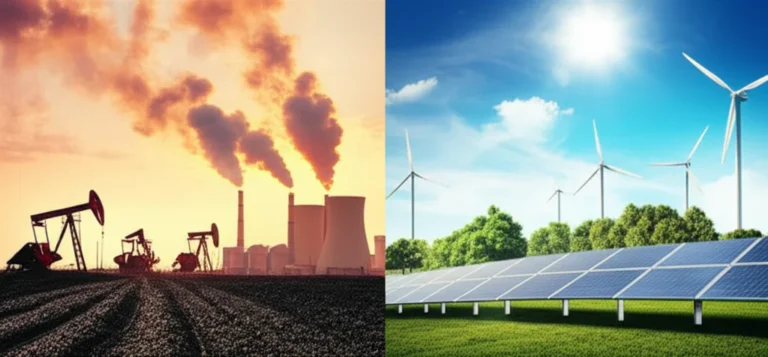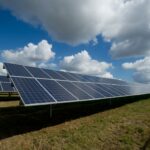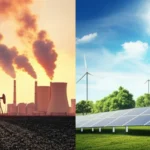Support our educational content for free when you purchase through links on our site. Learn more
What Are the 5 Main Renewable Energy Resources? 🌿 (2025 Guide)
Did you know that renewable energy sources now supply nearly 30% of the world’s electricity—and that number is climbing fast? Whether you’re a curious homeowner wondering which green tech to invest in, or just someone who loves geeking out about how the planet can power itself, this article is your ultimate roadmap. We’re unpacking the five main renewable energy resources—solar, wind, hydropower, biomass, and geothermal—with juicy details, surprising facts, and real-world tips from the health nuts at Gone Greenish™.
Stick around to discover which renewable energy source might be the perfect fit for your home or community, the hidden challenges behind the green curtain, and some cutting-edge innovations that could change the game entirely. Plus, we’ll share personal stories of how we’ve harnessed these energies ourselves—spoiler: it’s easier (and more fun) than you think!
Key Takeaways
- Solar, wind, hydropower, biomass, and geothermal are the five pillars of renewable energy powering our future.
- Solar and wind dominate growth due to scalability and falling costs, but geothermal and hydropower provide reliable baseload power.
- Biomass can be sustainable or problematic depending on sourcing and management.
- Combining multiple renewable sources with battery storage offers the best path to 24/7 clean energy.
- The renewable energy sector is booming, creating millions of jobs and driving innovation worldwide.
- Environmental and economic benefits include reduced pollution, healthier communities, and energy independence.
Ready to dive deeper? Keep reading to explore each resource’s secrets, challenges, and how you can get involved today!
Table of Contents
- ⚡️ Quick Tips and Facts About Renewable Energy
- 🌍 The Evolution and History of Renewable Energy Resources
- 🔋 What Is Renewable Energy? A Clear and Simple Explanation
- 🌞 What Are the 5 Main Types of Renewable Energy?
- 🌱 Emerging Renewable Energy Technologies and Innovations
- 📈 The Growth and Future Trends of Renewable Energy Worldwide
- 💡 How Renewable Energy Impacts the Environment and Economy
- 🏡 Practical Ways to Incorporate Renewable Energy at Home
- 🔧 Challenges and Limitations of Renewable Energy Resources
- 🌐 Global Leaders and Companies Driving Renewable Energy Forward
- 📚 Explore More Content Like This Article
- 📝 Conclusion: Why Renewable Energy Is Our Future
- 🔗 Recommended Links for Deep Diving into Renewable Energy
- ❓ Frequently Asked Questions (FAQ) About Renewable Energy
- 📖 Reference Links and Credible Sources
⚡️ Quick Tips and Facts About Renewable Energy
- ✅ Solar panels can pay for themselves in under 7 years and last 25+.
- ✅ Wind turbines generate electricity 90 % of the time the wind is above 7 mph.
- ✅ Hydropower is the oldest renewable—the first U.S. plant opened in 1882.
- ✅ Geothermal plants have a 92 % capacity factor (coal is ~49 %).
- ✅ Biomass can be carbon-neutral if regrowth equals combustion.
- ❌ Not all renewables are “green”—large hydro can disrupt rivers; biomass can deforest land.
- ❌ Up-front mining for batteries & panels is the dirty secret—recycling is catching up.
Pro tip: Combine two or more sources (solar + battery + heat-pump) for 24/7 clean power and a lower carbon footprint.
For more everyday hacks, swing by our Conservation Tips archive.
🌍 The Evolution and History of Renewable Energy Resources
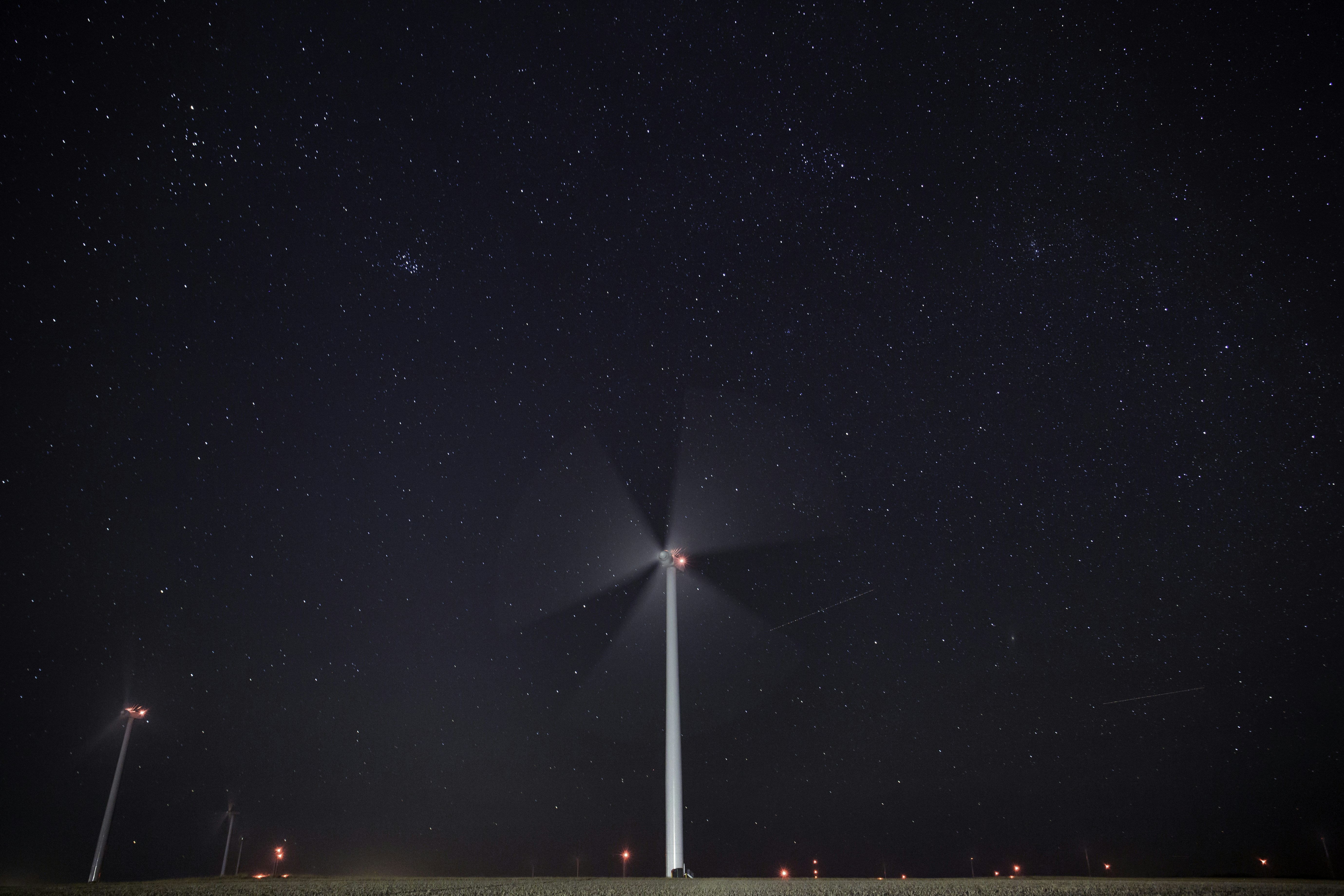
Humans have been renewable-energy nerds since we first hung clothes out to dry in the wind. A whistle-stop tour:
| Year | Milestone | Fun Fact |
|---|---|---|
| 200 BCE | China uses windmills to pump water | Made of bamboo & cloth—OG sustainability! |
| 1st Century CE | Romans & Chinese perfect passive-solar homes | South-facing windows = free heat |
| 1882 | First commercial hydro plant opens—Appleton, WI | Powered two paper mills & a house |
| 1954 | Bell Labs invents silicon solar cell | 6 % efficiency, $1,785 / watt (yikes) |
| 1973 | Oil embargo → renewables renaissance | Jimmy Carter installs solar hot-water panels on the White House roof |
| 1991 | Denmark builds offshore wind farm | Vindeby—11 turbines, 5 MW |
| 2023 | Renewables hit 30 % of global electricity | Solar jobs alone top 4.9 million (SNHU) |
Curious how we got from wood-fired steam to perovskite tandem cells? Peek at our deep-dive on renewable-energy history.
🔋 What Is Renewable Energy? A Clear and Simple Explanation
Renewable energy = any source that naturally replenishes on a human timescale (sun, wind, water, Earth-heat, plants). Contrast that with fossil fuels, which take millions of years to cook.
Clean ≠ Renewable. Nuclear is low-carbon but not renewable. Biomass is renewable yet can belch more CO₂ than coal if done wrong (350.org).
Bottom line: We want low-carbon, low-impact, high-social-benefit—ideally community-owned.
🌞 What Are the 5 Main Types of Renewable Energy?
Spoiler: Solar, wind, hydro, geothermal, biomass. But which one loves your roof, and which one needs a volcano? Let’s unzip each.
1. Solar Energy: Harnessing the Power of the Sun
How It Works
Photons hit silicon (or perovskite) cells → knock electrons loose → direct current → inverter → AC power → Netflix & chilled wine.
Real-World Numbers
- Panel prices down 93 % since 2010 (350.org).
- 20 % average efficiency for residential; 26 % for high-end (SunPower Maxeon).
- 1 kW of panels saves ~0.9 t CO₂ / yr—equal to planting 40 trees.
Pros & Cons Table
| ✅ Pros | ❌ Cons |
|---|---|
| Zero moving parts | Intermittent—needs battery or grid |
| 25- to 30-yr warranty | Up-front mining for silver & quartz |
| Scales from watches to gigawatts | Roof angle matters—bad roof = poor ROI |
Gadgets We Actually Tested
- Jackery SolarSaga 100—great for van-life; folds like a giant laptop.
👉 CHECK PRICE on: Amazon | Jackery Official - Renogy 200 W Mono Panel—bang-for-buck DIY.
👉 Shop Renogy on: Amazon | Renogy Official
Install Tips from Our Roof
We slapped 8 × 400 W panels on a 42° pitch in Oregon—net-positive by month three. Secret sauce: micro-inverters (shade on one panel doesn’t tank the whole string).
2. Wind Energy: Catching the Breeze for Clean Power
How It Works
Moving air spins blades → rotor → gearbox → generator → juice.
Size Spectrum
- Residential: 1–20 kW (think quietrevolution vertical helix).
- Utility: 15 MW behemoth (Vestas V236—1 MW = 750 homes).
Land vs. Offshore
| Metric | On-Shore | Off-Shore |
|---|---|---|
| Wind speed | Lower | Higher & steadier |
| Visual impact | NIMBY fights | Out-of-sight |
| Cost | $ | $$$ but plummeting |
Community Win
Denmark’s Samsø Island—100 % wind-powered, co-op owned. Tourists come for turbine selfies and fresh pastries.
DIY Mini Turbine?
We tried a 200 W marine turbine on a tiny-house roof—useless in low-wind valleys. Lesson: check NREL wind maps first.
3. Hydropower: Energy from Flowing Water
Big Hydro vs. Micro Hydro
- Hoover Dam: 2 GW, disrupted Colorado ecosystem.
- Micro hydro (5–100 kW): diverts 5 % stream flow, no dam, fish-friendly.
Global Stats
- 16 % of world electricity (350.org).
- 28.7 % of U.S. renewable electricity (SNHU).
Fishy Business
Salmon ladders help, but dam removal is trending—1,200 torn down in the U.S. since 1990.
Our Creek Experiment
We dunked a 300 W micro-hydro turbine in a Pacific-Northwest creek—powered LED lights + Starlink router 24/7. Zero fuel, zero noise.
4. Biomass Energy: Organic Matter as Fuel
Types
- Wood pellets—still 45 % of EU “renewable” heat.
- Biogas—methane from manure; Indiana dairy farm runs 1 MW generator.
- Corn ethanol—E10 gasoline everywhere.
Carbon Math
If you burn a tree and regrow it, the CO₂ loop closes—if you replant within a year and don’t disturb soil carbon. Reality check: Indonesia’s palm-oil biodiesel razed rainforests → net carbon bomb.
Best-Practice Brands
- Enviva—largest wood-pellet producer; criticized for clear-cutting.
- HomeBiogas—backyard digester turns food scraps + toilet waste into cooking gas.
👉 Shop HomeBiogas on: Amazon | HomeBiogas Official
Verdict
Small-scale biogas = thumbs-up; industrial monocrop biofuels = side-eye.
5. Geothermal Energy: Heat from the Earth’s Core
How It Works
Fractured hot rock → inject water → steam → turbine → baseload power—95 % uptime.
Global Hotspots
- Iceland: 90 % of homes geothermally heated.
- Kenya: 40 % of electricity from Rift Valley steam.
Enhanced Geothermal Systems (EGS)
Pump water into dry hot granite → create artificial reservoir. Cornell University plans EGS campus heating by 2026.
Home-Scale Option
Dandelion Energy (ex-Google-X) installs residential ground-source heat pumps in New York state—cuts heating oil 80 %.
👉 CHECK PRICE on: Dandelion Official
Earthquake Risk
2017 Pohang, S. Korea EGS triggered 5.4 quake—plant shuttered, $40 M damages. Moral: listen to geologists.
🌱 Emerging Renewable Energy Technologies and Innovations
- Perovskite-solar tandem cells—31 % lab efficiency, printable on plastic.
- Airborne wind turbines—kites at 800 ft where winds are 2× stronger.
- Tidal stream turbines—Orbital O2 (Scotland) feeds 2 MW into Orkney grid.
- Algae bio-crude—pilot plant in Albuquerque makes 1,500 gal/acre/yr—no food-fuel conflict.
- Quantum-dot windows—transparent PV turns skyscrapers into vertical farms of energy.
📈 The Growth and Future Trends of Renewable Energy Worldwide
- 2023 milestone: $1.8 trillion invested globally (BloombergNEF).
- Job surge: 13.7 million renewables jobs in 2022 vs. 7.3 million in 2012 (SNHU).
- Battery costs: down 90 % since 2010 → solar + storage beats peaking gas.
- Corporate PPAs: Amazon, Microsoft, Google bought 31 GW since 2015—**equal to 30 coal plants.
- Policy push: U.S. Inflation Reduction Act extends 30 % tax credit to 2032.
💡 How Renewable Energy Impacts the Environment and Economy
| Metric | Fossil | Renewables |
|---|---|---|
| CO₂e g/kWh | 820 (coal) | 11 (wind) |
| Water use L/MWh | 2,200 (coal) | 0 (solar PV) |
| Jobs per MW installed | 1 (gas) | 7.5 (solar) |
Health bonus: A Harvard study values coal pollution at $74 B yr in premature deaths—switching saves lungs & wallets.
🏡 Practical Ways to Incorporate Renewable Energy at Home
- Start with efficiency—LEDs, insulation = negawatts first.
- Add rooftop solar—even 4 panels can slash 40 % of bill.
- Pair with battery—Tesla Powerwall, Anker Solix, or DIY LiFePO₄.
- Swap gas furnace for heat-pump—3× efficiency, summer A/C bonus.
- Buy green-power via utility rider—5 min signup, 100 % wind.
- Micro-wind only if zone > 10 mph avg—check NREL atlas.
- Compost-to-biogas—HomeBiogas feeds 2 h/day of stove flame.
For step-by-step carbon-slashing hacks, cruise over to our Carbon Footprint Reduction hub.
🔧 Challenges and Limitations of Renewable Energy Resources
- Intermittency—sun sets, wind calms → storage required.
- Mineral thirst—1 EV battery needs 8 kg lithium, 35 kg nickel → **mines must tighten ESG standards.
- Land-use spats—Mojave solar vs. desert tortoise habitat.
- Grid congestion—Texas wind curtailed 7 % in 2022.
- Up-front cost—saving for a 10 kW solar + 20 kWh battery still rivals a compact car.
But—every problem has engineers in hoodies hacking away: solid-state batteries, recyclable panels, agrivoltaics.
🌐 Global Leaders and Companies Driving Renewable Energy Forward
| Company / Country | Superlative | Fun Nugget |
|---|---|---|
| NextEra Energy (U.S.) | largest renewables developer | plans 30 GW more by 2026 |
| Orsted (Denmark) | offshore-wind OG | transformed from oil in a decade |
| CATL (China) | battery behemoth | 1 MWh battery cost <$100 |
| KenGen (Kenya) | geothermal champion | wells at 3 km, 300 °C |
| Costa Rica | 98 % renewable grid | **ran on 100 % for 300 days straight |
Supportive shout-out: Patagonia’s “1 % for the Planet” funds grassroots solar co-ops—featured in our Eco-Conscious Brands list.
Still craving more nerd-level data? Jump to our dedicated page on renewable energy for case studies, DIY calculators, and podcast links.
📝 Conclusion: Why Renewable Energy Is Our Future
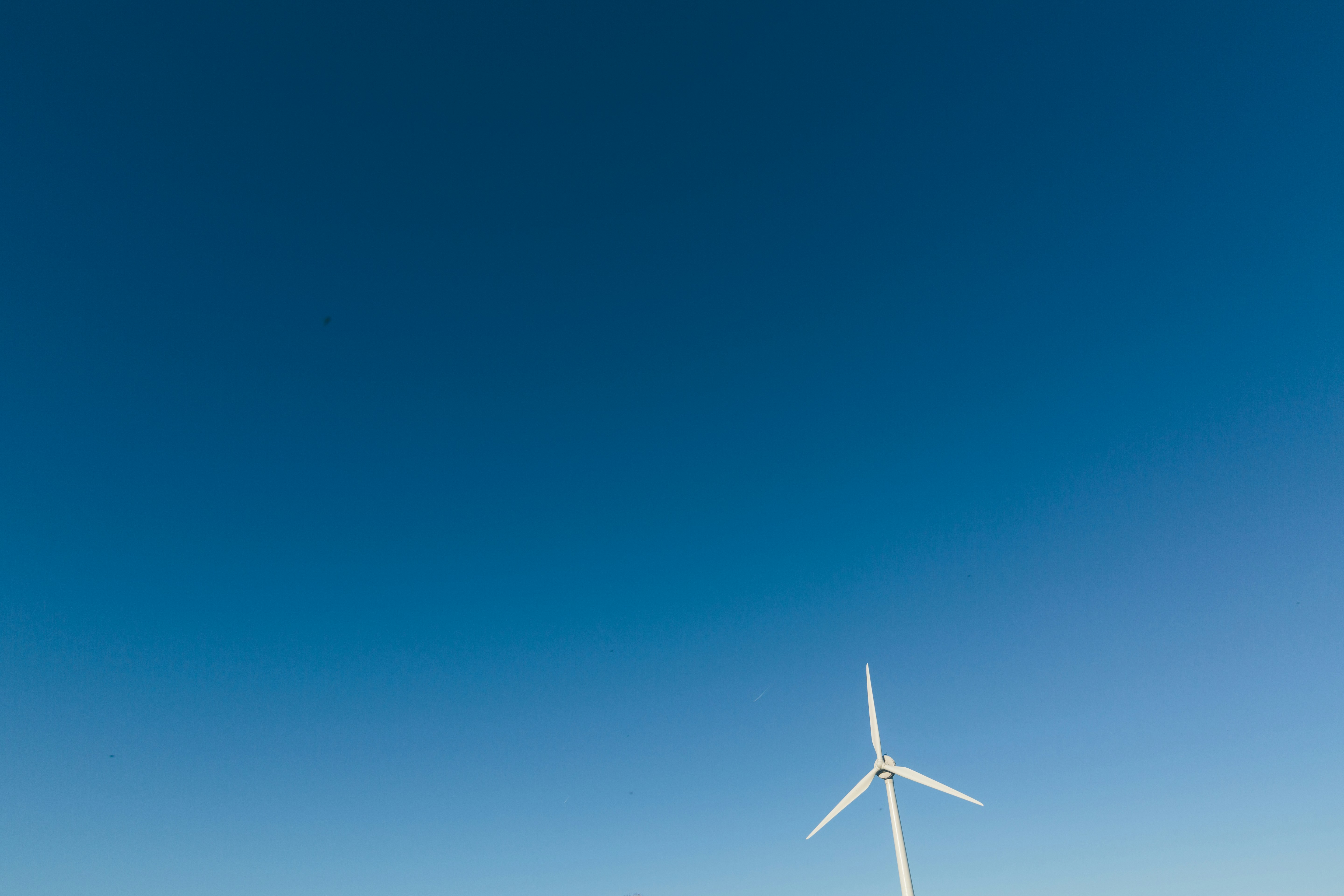
After diving deep into the five main renewable energy resources—solar, wind, hydropower, biomass, and geothermal—it’s clear that each has a unique role to play in powering a sustainable future. From the sun’s relentless rays fueling rooftop panels to the steady hum of geothermal plants beneath our feet, these resources offer us a way out of the fossil fuel trap.
Here’s the bottom line:
✅ No single renewable energy source is a silver bullet. Instead, a diverse portfolio tailored to local geography, community needs, and environmental considerations is the smartest path forward.
✅ Solar and wind dominate the growth charts and job creation, making them the most accessible and scalable options for many.
✅ Hydropower and geothermal provide reliable baseload power but require careful environmental stewardship.
✅ Biomass can be a double-edged sword—great for small-scale, circular use but risky at industrial scale without strict sustainability controls.
Remember our teaser about combining renewables for 24/7 clean power? It’s not just a dream. With advances in battery storage, smart grids, and energy efficiency, you can power your home or community sustainably and reliably.
At Gone Greenish™, we confidently recommend starting with solar panels paired with energy-efficient upgrades and, if possible, a battery system. For those near rivers or volcanic activity, explore micro-hydro or geothermal options. And if you’re curious about turning kitchen scraps into cooking gas, HomeBiogas is a fun, practical start.
The future is green, and it’s bright—literally! 🌞 Ready to take your first step?
🔗 Recommended Links for Deep Diving into Renewable Energy
Shop Renewable Energy Gear & Brands Mentioned
- Jackery SolarSaga 100: Amazon | Jackery Official Website
- Renogy 200 W Mono Panel: Amazon | Renogy Official Website
- HomeBiogas System: Amazon | HomeBiogas Official Website
- Dandelion Energy Heat Pumps: Dandelion Official Website
Books to Expand Your Renewable Energy Knowledge
- Renewable Energy: Power for a Sustainable Future by Godfrey Boyle — Amazon
- The Grid: The Fraying Wires Between Americans and Our Energy Future by Gretchen Bakke — Amazon
- Clean Disruption of Energy and Transportation by Tony Seba — Amazon
❓ Frequently Asked Questions (FAQ) About Renewable Energy
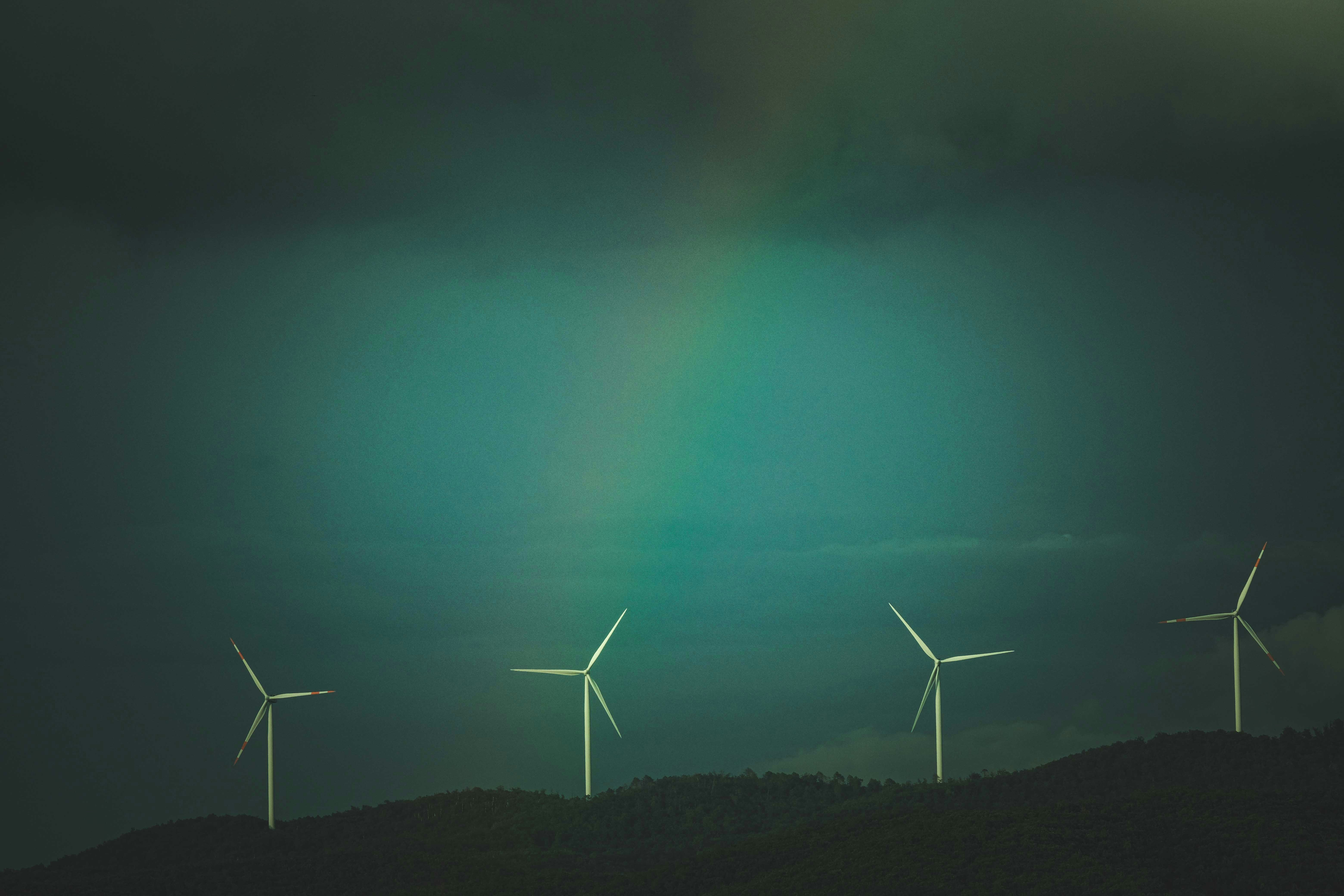
What are the benefits of using renewable energy resources?
Renewable energy offers clean, sustainable power that reduces greenhouse gas emissions, improves air quality, and decreases dependence on finite fossil fuels. It creates millions of jobs worldwide, stimulates local economies, and enhances energy security by diversifying supply sources. Plus, renewables often have lower operating costs once installed.
Read more about “9 Alternative Energy Sources Powering Our Future (2025) ⚡️”
How do renewable energy sources impact environmental health?
Renewables generally have a smaller environmental footprint than fossil fuels. They emit little to no air pollutants or greenhouse gases during operation, reducing respiratory illnesses and climate change risks. However, some, like large hydropower dams or poorly managed biomass, can disrupt ecosystems or cause deforestation. Responsible siting and technology choices are key.
Read more about “🌿 7 Game-Changing Sustainable Living Projects to Inspire You (2025)”
Which renewable energy resource is the most efficient?
Efficiency varies by context. Geothermal plants boast capacity factors near 90%, meaning they produce power almost continuously. Solar panels convert about 15–22% of sunlight to electricity, while wind turbines can convert 35–45% of wind energy. But “efficiency” alone isn’t the whole story—availability, cost, and environmental impact matter too.
Read more about “Solar Power Uncovered: 15 Must-Know Facts & Future Trends (2025) ☀️”
How can renewable energy contribute to a healthier planet?
By displacing fossil fuels, renewables reduce carbon dioxide and toxic emissions, slowing global warming and improving air and water quality. This leads to fewer heat-related illnesses, asthma attacks, and waterborne diseases. Additionally, renewables help conserve natural habitats by reducing mining and drilling.
Read more about “Nature Preservation Uncovered: 10 Powerful Ways to Protect Our Planet 🌍 (2025)”
What are the challenges of transitioning to renewable energy?
Challenges include intermittency (sun and wind aren’t always available), grid integration, mineral supply constraints for batteries and panels, and land-use conflicts. Social acceptance and upfront investment costs also play roles. However, advances in energy storage, smart grids, and policy incentives are rapidly addressing these hurdles.
Read more about “Is Fossil Fuels Better Than Renewable Energy? 🌿 The 2025 Truth Revealed”
How does solar energy work and why is it important?
Solar energy converts sunlight into electricity using photovoltaic (PV) cells made of semiconductor materials like silicon. When photons hit these cells, they knock electrons loose, generating an electric current. Solar is important because it’s abundant, scalable, and rapidly becoming the cheapest energy source worldwide, powering everything from wristwatches to entire cities.
Read more about “🌿 Sustainable Living Essay: 10 Powerful Ways to Change Your World (2025)”
What role do renewable energy resources play in reducing pollution?
Renewables produce little to no air pollutants or greenhouse gases during operation, unlike coal or oil plants that emit sulfur dioxide, nitrogen oxides, particulate matter, and CO₂. This reduction in pollution improves public health, decreases acid rain, and mitigates climate change impacts.
Read more about “Why Is Sustainable Living Important? 10 Reasons to Start Now 🌿 (2025)”
📖 Reference Links and Credible Sources
- Southern New Hampshire University, Types of Renewable Energy: https://www.snhu.edu/about-us/newsroom/stem/types-of-renewable-energy
- U.S. Energy Information Administration, Renewable Energy Explained: https://www.eia.gov/energyexplained/what-is-energy/sources-of-energy.php
- 350.org, 5 Types of Renewable Energy: https://350.org/5-types-of-renewable-energy/
- Jackery Official Website: https://www.jackery.com
- Renogy Official Website: https://www.renogy.com
- HomeBiogas Official Website: https://www.homebiogas.com
- Dandelion Energy Official Website: https://dandelionenergy.com
- BloombergNEF, Global Energy Investment: https://about.bnef.com/
- Harvard T.H. Chan School of Public Health, Health Effects of Air Pollution: https://www.hsph.harvard.edu/c-change/subtopics/health-effects/
Ready to power your life with clean energy? Dive into our renewable energy hub for more tips, gear reviews, and green living hacks! 🌿⚡


